5 Signs of Hip Problems in Children
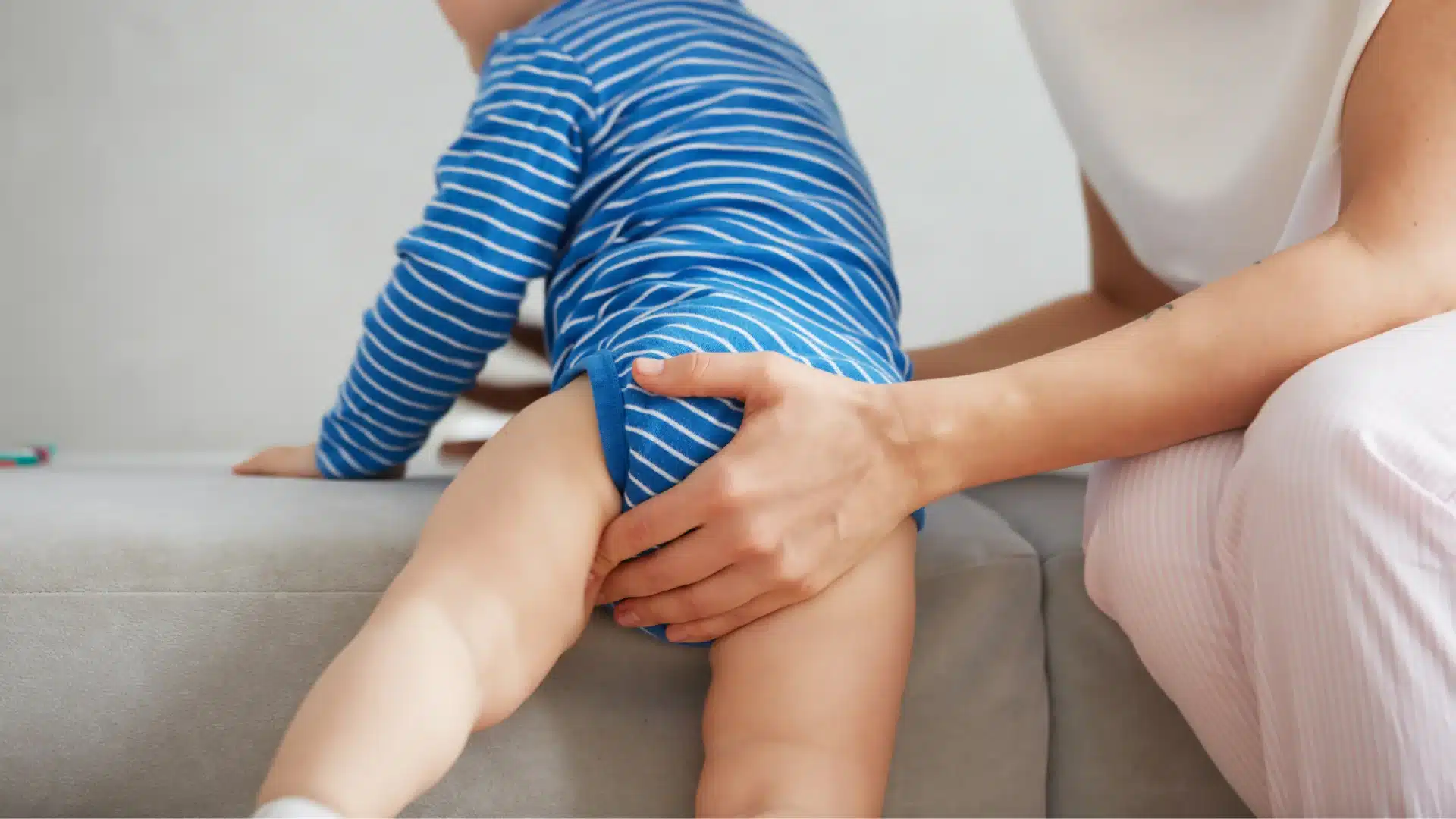
Overview
If parents are not aware of early signs of hip problems in children, then the problem could worsen over time. So, today will discuss in detail the five key signs that will indicate hip problems in children and will provide parents with the knowledge they need to recognize these symptoms early and seek appropriate medical care.
Hip issues in children may stem from developmental issues, injuries, infections, or medical conditions present from birth. They can vary in severity from mild and self-limiting to more serious issues that require medical intervention.
1. Limping or Favoring One Leg
Limping is one of the most noticeable signs that something may be wrong with a child’s hip. Limping refers to an abnormal gait where the child does not place equal weight on both legs. This uneven distribution is a response to pain or discomfort in the hip area.
Possible Causes
- Injuries: Falls, sports injuries, or accidents cause hip injuries leading to limping.
- Developmental Issues: Conditions like Developmental Dysplasia of the Hip (DDH) result in limping.
- Infections: Infections in the hip joint cause pain and limping.
- Muscle Weakness: Weakness in the muscles results in a lack of support to the hip, which will lead to an uneven gait.

When to Seek Help
Occasional limping after vigorous activity may not be a cause for concern. However, if limping persists, is accompanied by other symptoms, or occurs without a clear reason, it’s essential to consult a healthcare professional.
2. Limited Range of Motion
A healthy child typically has a wide range of motion in their hips, allowing them to move freely during activities like running, jumping, and playing. Limited range of motion indicates that the child is unable to move their hip joint as freely as usual.
Possible Causes
- Joint Stiffness: Conditions like arthritis cause stiffness in the hip joint.
- Muscle Tightness: Tight muscles around the hip will restrict movement.
- Structural Abnormalities: Congenital conditions or injuries will result in alter of the hip’s structure, limiting motion.
- Inflammation: Inflammatory conditions will result in reduced flexibility.
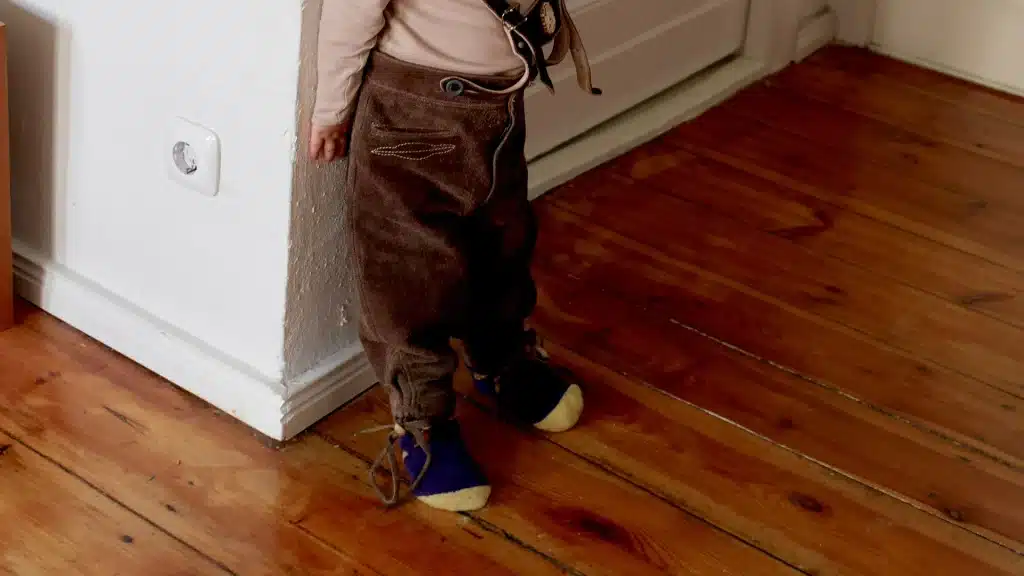
When to Seek Help
If a child consistently avoids certain hip movements or struggles to perform activities that were previously easy, it’s time to seek medical advice. Limited motion that impacts daily activities should not be ignored.
3. Pain in the Hip, Groin, or Thigh
Pain is a clear indicator that something is amiss. While occasional aches from play are normal, persistent or severe pain in the hip, groin, or thigh area is a red flag for potential hip problems.
Possible Causes
- Injuries: Strains, sprains, or fractures will cause localized pain.
- Inflammatory Conditions: Arthritis or other inflammatory diseases lead to chronic pain.
- Infections: Septic arthritis or osteomyelitis causes significant discomfort.
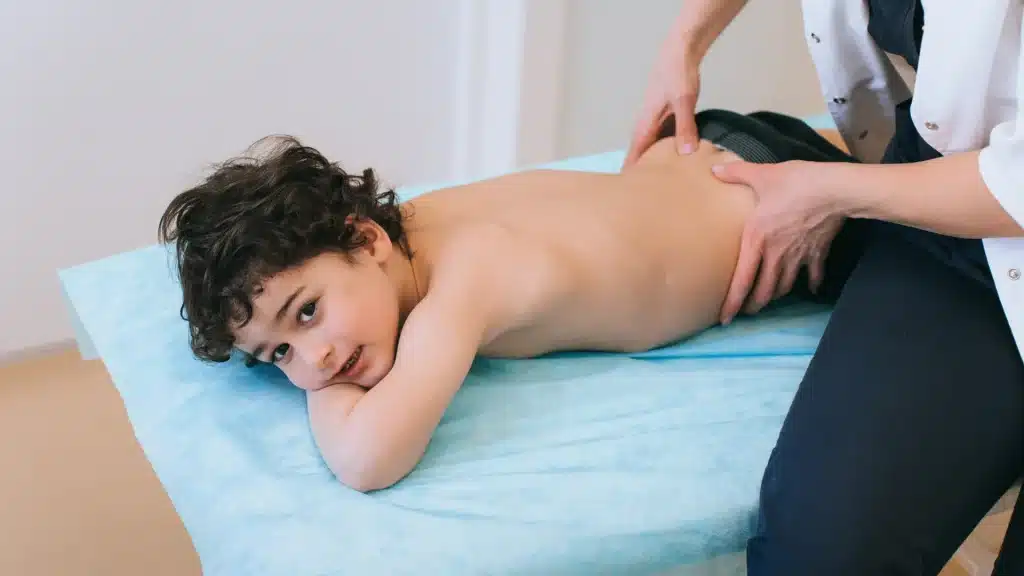
When to Seek Help
Any persistent hip pain that doesn’t subside with rest or over-the-counter pain relievers warrants a medical consultation. Additionally, if pain is accompanied by swelling, redness, or fever, immediate attention is necessary.
4. Uneven Leg Length
Sometimes, hip problems will cause one leg to appear shorter than the other. This unevenness will be subtle or noticeable, affecting the child’s posture and gait.
Possible Causes
- Developmental Dysplasia of the Hip (DDH) will lead to differences in leg length.
- Legg-Calvé-Perthes Disease: Causes the femoral head to flatten, potentially altering leg length.
- Injuries or Infections: Damage to the hip joint will result in discrepancies in leg length.
- Muscle Imbalance: Uneven muscle development will create an appearance of differing leg lengths.
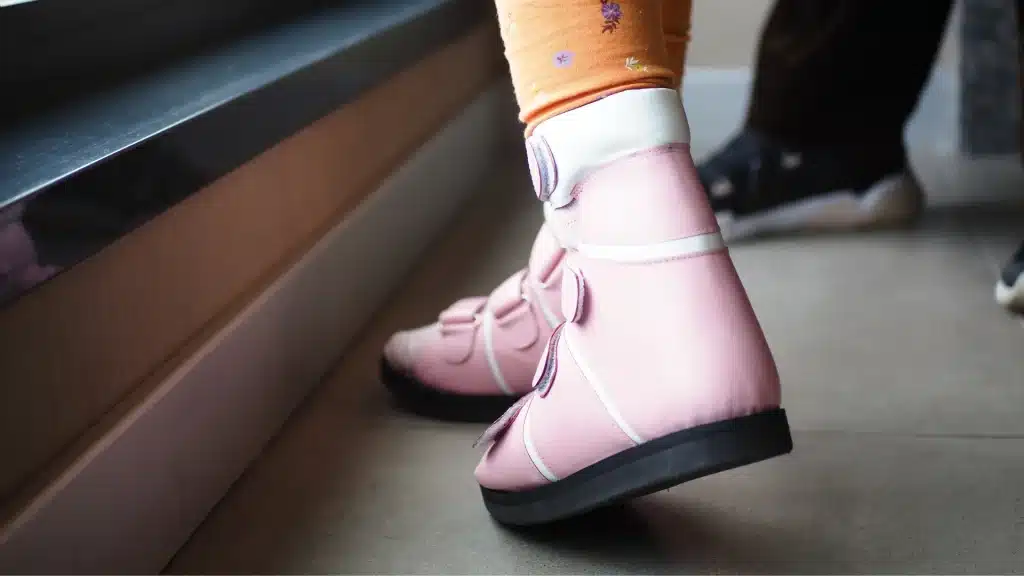
When to Seek Help
If you notice that one leg appears shorter than the other, especially if it changes over time, it’s essential to consult a healthcare professional. Early intervention will prevent further complications.
5. Delayed Walking
Most children begin walking between 9 and 18 months of age. Delayed walking or persistent difficulty in walking is a sign of underlying hip problems.
Possible Causes
- Developmental Disorders: Conditions like cerebral palsy will affect walking.
- Hip Dysplasia: Abnormal hip development will hinder walking ability.
- Muscle Weakness: Weak hip muscles result in making walking challenging.
- Pain Avoidance: Children may avoid walking due to hip pain.
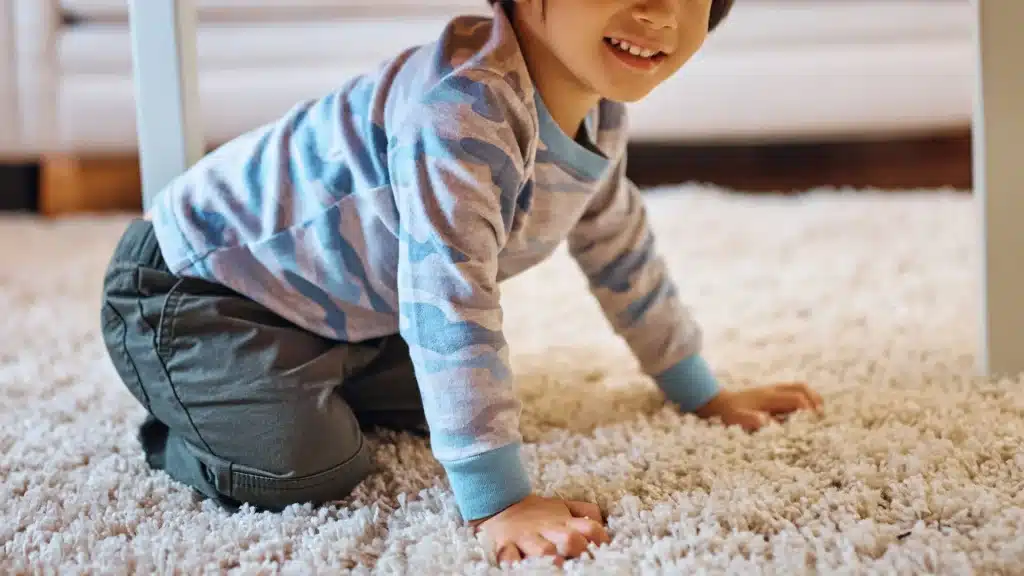
When to Seek Help
If a child hasn’t started walking by 18 months or shows signs of difficulty walking, it’s time to consult a pediatrician. Early assessment will identify and address any issues promptly.
Other Causes
While the five primary signs are crucial indicators of hip problems, other symptoms also suggest issues with the hip joint. These include:
- Swelling or Redness: Visible signs around the hip area.
- Fever: This may indicate an infection in the hip joint.
- Reduced Activity Levels: A child may become less active due to discomfort.
- Night Pain: Pain that worsens at night is a sign of serious hip issues.
- Changes in Posture: Uneven posture or scoliosis may result from hip problems.
Takeaways
While hip problems in children can’t be completely prevented, you can reduce risks through proper prenatal care, a proper nutritious diet, regular medical screenings, and appropriate physical activity. If you notice any signs of hip issues in your child, don’t delay in consulting a healthcare professional, as early intervention is key. With proper awareness and timely medical attention, most childhood hip problems can be effectively managed.
FAQs
At what age should a child start walking?
Most children begin walking between 9 and 18 months. However, there’s a normal range, and some children may start earlier or later without any issues.
Can hip problems in children be resolved on their own?
Some minor hip issues, like transient synovitis, may be resolved without intervention. However, persistent or severe problems typically require medical treatment.
What causes Developmental Dysplasia of the Hip (DDH)?
DDH results from genetic factors, breech positioning during pregnancy, or being the firstborn child. It involves improper development of the hip joint.
Can hip problems affect a child’s overall growth?
Yes, untreated hip problems will lead to abnormal gait patterns and muscle atrophy and will impact overall physical development.
Are there any activities that children with hip problems should avoid?
High-impact activities that strain the hip joint, such as running or jumping, will need to be limited until the hip is healed or treatment is done
